
The flagship of the 7 series, the realme 7 Pro comes with most of features that we love in a smartphone like an AMOLED screen, tons of RAM, and blend of varying camera lenses. realme, however, has removed some of the features that we find appealing in the 6 Pro. Will these missing features be a step back for the 7 Pro or are its latest additions enough to make another bang for the buck handset?
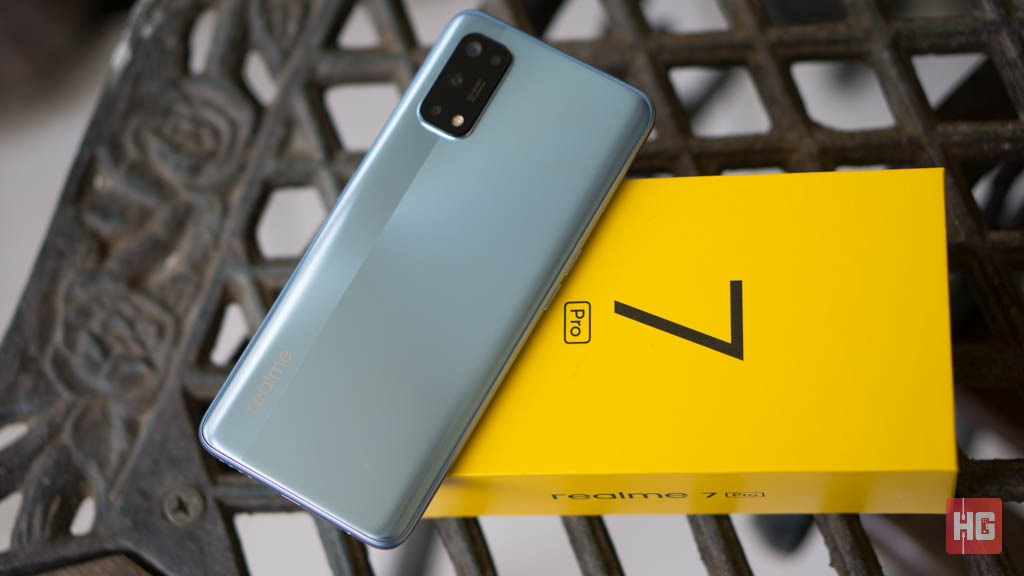
| Chipset | Qualcomm Snapdragon 720G |
| Screen | 6.4-inch SuperAMOLED, 2400 x 1080, Corning Gorilla Glass |
| RAM | 6GB/8GB |
| OS | Android 10 with realme UI |
| Rear Camera | 64MP f/1.8 Main, 8MP f/2.3 Ultrawide, 2MP f/2.4 Macro, 2MP f/2.4 Depth |
| Front Camera | 32MP f/2.5 |
| Storage | 128GB UFS 2.1 expandable via MicroSD Slot |
| Network | Dual-SIM, 4G LTE |
| Connectivity | Dual-band WiFi 802.11ac, Bluetooth 5.1, USB Type-C |
| Battery | 4,500mAh, 65W SuperDart |
| Others | In-display Fingerprint Scanner |
| Colors | Mirror Silver, Mirror Blue |
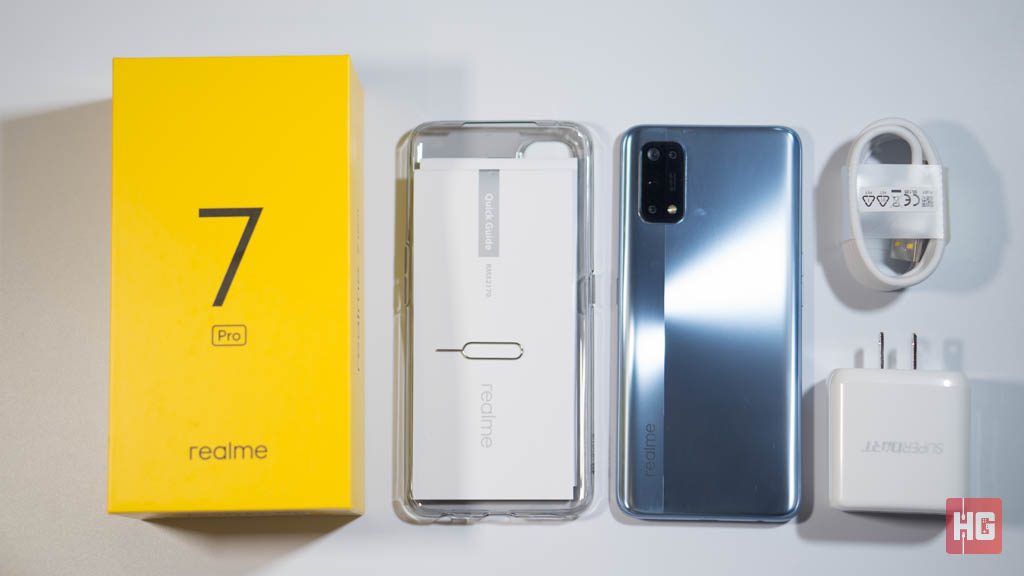
Like most entries in realme’s lineup, the 7 Pro comes in a bright yellow box with its moniker engraved at the front. Inside are the complementary set of realme accessories, which include a USB Type-C cable, its 65W SuperDart charger, a SIM ejector pin, a silicone case, and documentation.
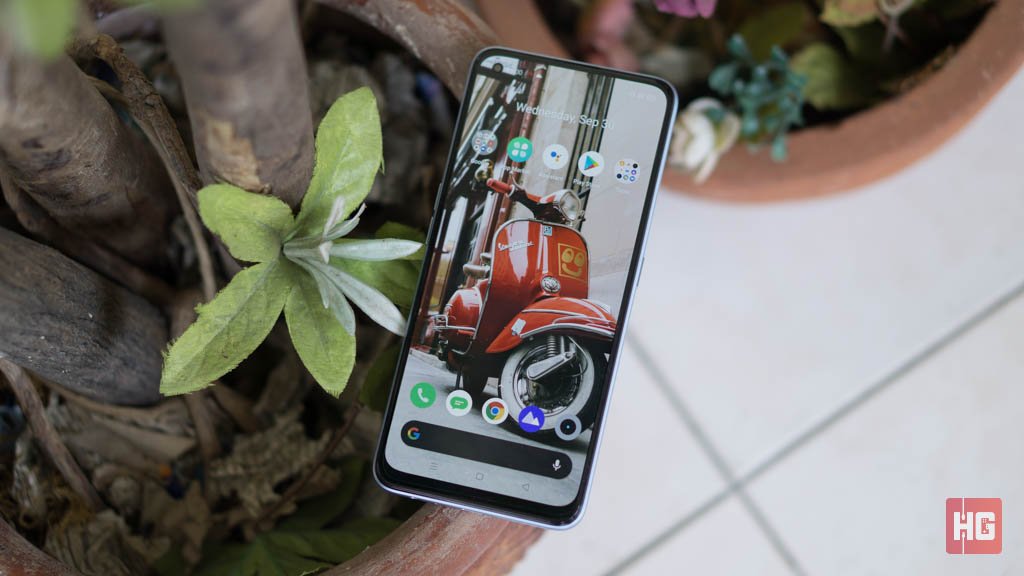
One of the main differences between the 7 Pro and the realme 6 Pro is the display. Instead of a 6.6-inch 90Hz IPS screen, the realme 7 Pro now has a 6.4-inch Super AMOLED 2400 x 1080 display covered with Corning Gorilla Glass.
We welcome the punchier colors and deeper blacks that its Super AMOLED screen offers, but the 90Hz refresh rate is sorely missed especially in games. While its 60Hz screen won’t have any adverse effects with general use, animations and navigation is slightly sloppier compared to a faster display.
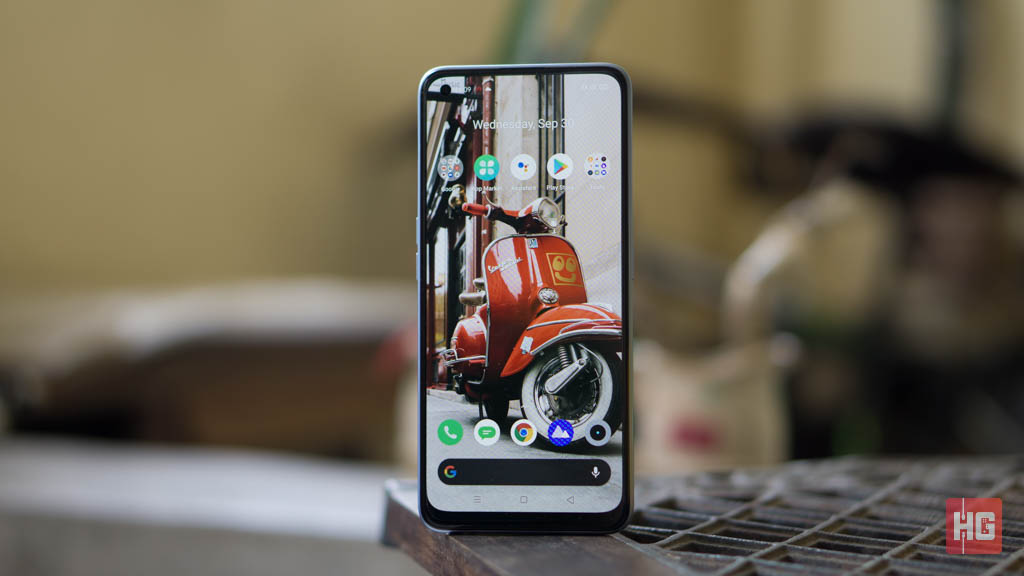
The screen can be further fine-tuned via the settings, which give you options to switch it from the defaults to either Brilliant, Vivid, or sRGB depending on your preference. Brilliant and Vivid offer higher contrast colors with the former having a more noticeable effect when brightness is turned to the max.
Brightness of the Super AMOLED display is decent under sunlight. It won’t be able to shine like a beacon in brighter conditions but you will still be able to see most details and colors while using the smartphone.
The display integrates the fingerprint scanner instead of having it fused with the power button at the side like the realme 6 series. It’s fairly accurate and unlocking only takes a few moments once your finger lands on the sensor.

The realme 7 Pro’s design is a far cry from the flamboyant looks found on the realme 6 series. Instead, it now comes with a two-tone Mirror Space design. Though some might like the new look, we find the minimalist aesthetic a bit plain to the eyes. Fortunately, the rear is coated in such a way that fingerprints and smudges won’t be immediately visible to the eye.
A USB Type-C port can be found at the bottom of the smartphone alongside a 3.5mm audio jack. Its triple-cut SIM tray can be popped from the left-hand side just above the volume buttons while the power button rests solely at the right-hand side.
Surprisingly, the 7 Pro receives a dual stereo system with one speaker positioned at its bottom grille and the other placed at the top of the screen. While audio detail and soundstage isn’t particularly astounding, they are good enough for occasional use. Volume, however, can get pretty loud especially if turned up to the max.
The realme 7 Pro runs on Android 10 with the brand’s realme UI. While it finds its roots from the ColorOS ecosystem, realme UI feels closer to a stock Android experience instead of a heavily skinned one.
There is a bit of bloatware present when setting up the smartphone although you can choose to skip from installing some of them. All standard options are presents such as a swipe down control center, a notification bar, gesture controls, multi-window support, and dark mode. realme adds to the Android formula their Smart Assistant and Smart Sidebar as well as the capability to customize the icon’s size, font, and shape.
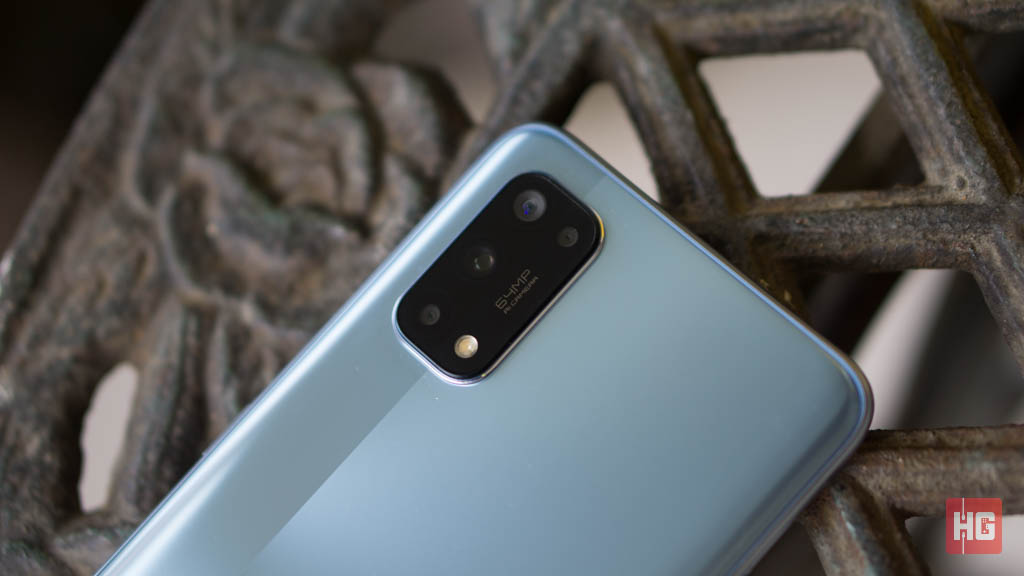
The realme 7 Pro has a quad camera setup like most of its peers. In this case, the bump at the rear houses a 64MP f/1.8 main camera, an 8MP f/2.3 ultrawide, and a 2MP f/2.4 macro lens. The last choice for the lens is a bit questionable as the 7 Pro replaces the telephoto lens with the traditional 2MP f/2.4 depth sensor that you see in most camera arrangements nowadays.
The camera app on the smartphone is a fairly standard affair. Launching the camera reveals modes such as Photo, Expert, Portrait, 64MP Mode, Time Lapse, Panorama, Slow Motion, and Ultra Macro. Choosing Night Mode reveals other options such as Tripod Mode, Ultra Nightscape, and Starry Mode.
The device supports 4K, 1080p 60/30fps, and 720p 60/30fps as well as Ultra Steady Mode for video. All of these capture modes are supported by the main camera while the ultrawide camera is limited to only using 1080p 30fps or lower.
The main 64MP f/1.8 main lens is powered by a Sony IMX682 sensor, which we assume realme expects to do all the heavy lifting for its imaging capabilities. Taking snaps under bright conditions produced the most impressive photos capturing well-detailed subjects and shadows with just the right amount of color and contrast to appear natural.
Details are still fairly noticeable under gloomy conditions with the main camera. It does need a bit of help from its Night Mode when taking photos at night in order capture the most detail. Fortunately, any slight movement while taking stills on Night Mode doesn’t seem to be an issue.
On the other hand, the 8MP f/2.3 ultrawide secondary lens is pretty much what you expect from a midrange smartphone. Details are somewhat preserved but due to the lower pixel count, they tend to be disappointing when examined up close but they do well enough for the occasional social media post.
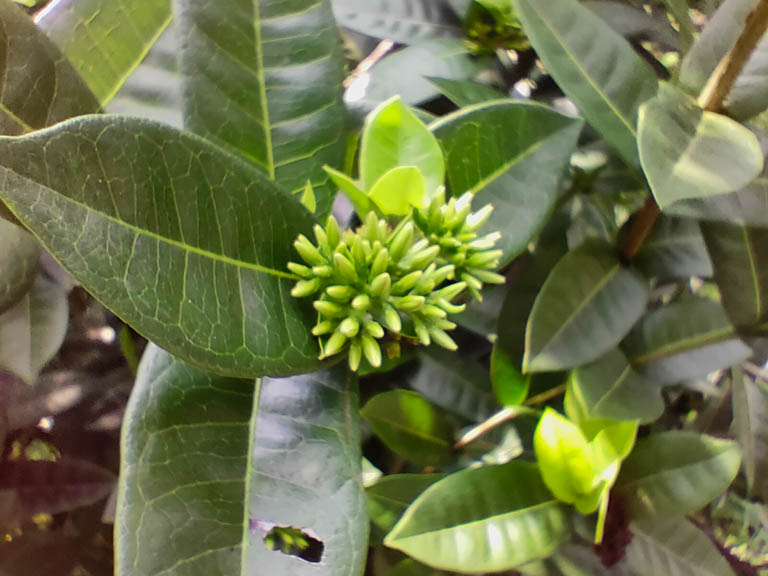
Its 2MP f/2.4 macro lens, like most cameras like it, is lackluster. Its low megapixel count means that details aren’t spectacularly preserved from real to digital. Frankly, we prefer using the main camera for taking macro shots since it has better colors and detail.
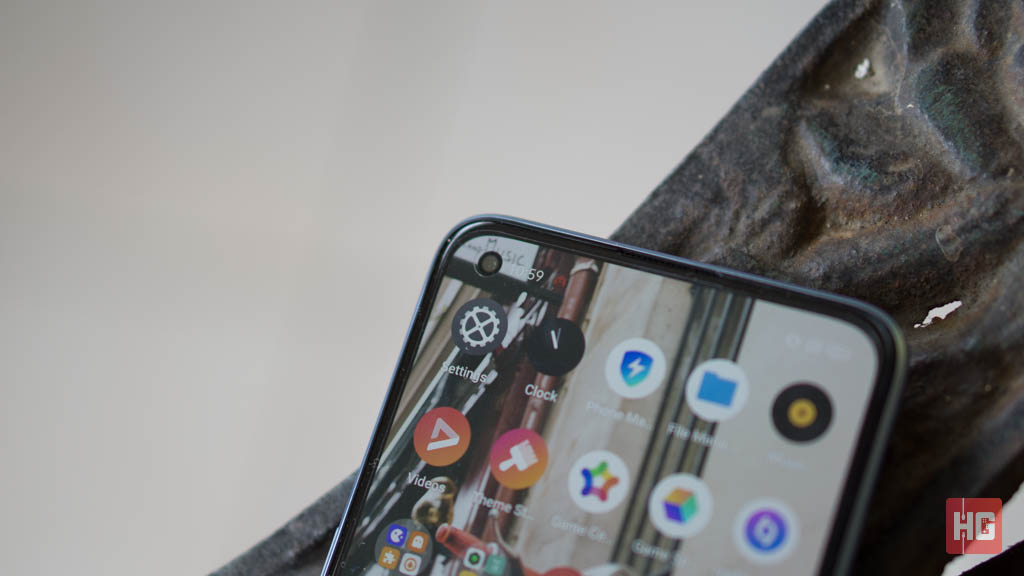
Moving on to the realme 7 Pro’s selfie cameras. The brand has taken out the 8MP f2/.2 ultrawide front facing lens from the 6 Pro. It now uses a 32MP f/2.5 selfie camera instead of a 16MP f/2.1 main shooter from its predecessor.
Snaps from the selfie camera of the realme 7 Pro are quite decent. It preserves the right amount of detail and recreates punchy colors without being too aggressive on the beautification. If you ever find yourself looking a bit too cartoonish, you can always tone down the effect on the camera app.
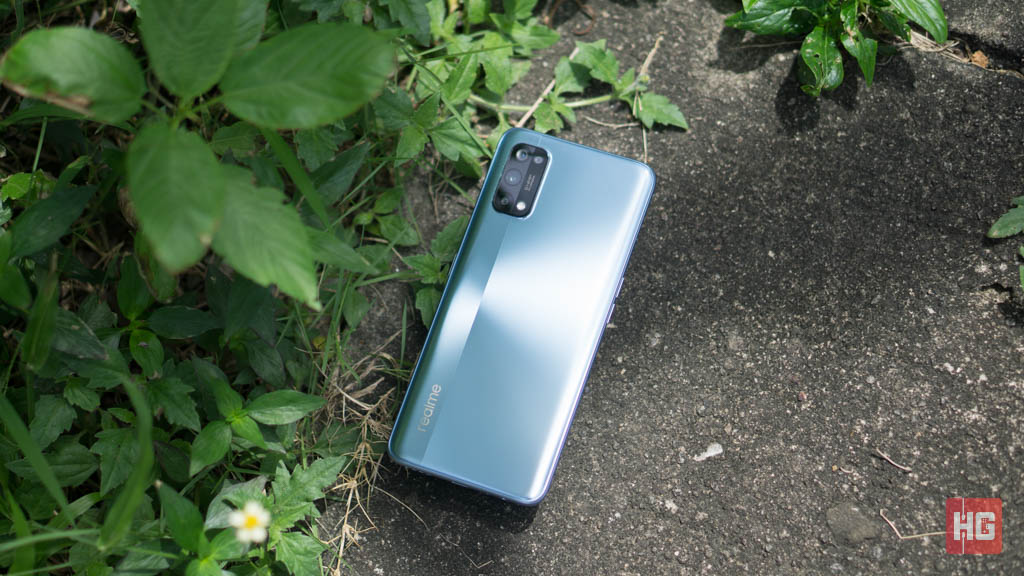
The realme 7 Pro packs a Qualcomm Snapdragon 720G, which is the same chipset found on the 6 Pro. It also has the same RAM capacity of 8GB and 128GB of expandable UFS 2.1 storage. Titles like Call of Duty: Mobile and PUBG Mobile ran without any hiccups. The screen’s reduced refresh rate also allows you to turn up the graphics without missing out on framerates above 60fps.
As far as benchmarks go, the 7 Pro pumps out the same numbers as its predecessor. It scores 10,320 in Work 2.0, 2,366 in 3DMark Sling Shot Extreme using the Vulkan API, and 288,718 in AnTuTu. These scores are decent but nothing spectacular for a midrange device.
Although performance of the realme 7 Pro remains largely the same, battery and charging is where it has been upgraded to new heights. The smartphone receives a slight bump in battery capacity from 4,300mAh to 4,500mAh but charging has been more than doubled thanks to realme’s 65W SuperDart charging.
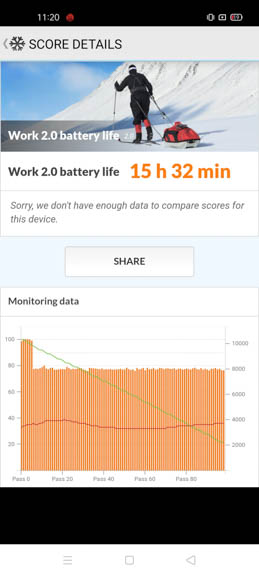
We’re proud to say that when left to its own devices, the realme 7 Pro is able to last more than a day of medium usage with occasional gaming and mobile data usage. There will be plenty enough left over to watch YouTube or Netflix at the end of the day and have plenty of juice to carry over the next morning.
If you ever find yourself low on battery, the 65W SuperDart is able to charge the smartphone from 0% to 100% in around 40 minutes. If you don’t have time, you can expect the battery to be charged around 50% in around 16 minutes.
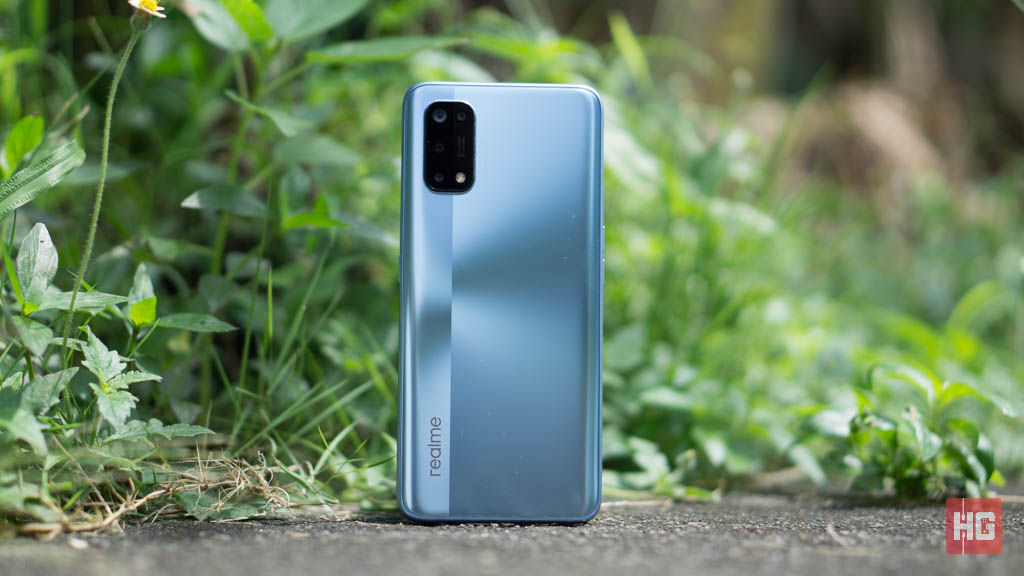
Although the realme 7 Pro lacks 90Hz refresh rate and a telephoto lens, we believe that it’s still a pretty decent smartphone for the midrange segment. Its move to a Super AMOLED display allows it to produce better colors and deeper blacks while the usage of a Sony IMX682 sensor on the main 64MP f/1.8 main camera allows it to take good photos in most cases.
The inclusion of a 65W SuperDart charging on the 7 Pro is a welcome addition especially in these times where we’re pretty much using our smartphones for work and school where downtime can lead to loss of productivity. Its dual speaker setup is also a rare sight for a midrange smartphone, which adds to its overall value in the long run especially if you like watching videos on your smartphone while using speakers.

Priced at PhP 17,990, the realme 7 Pro is just a thousand pesos more than its predecessor. While it did take away some features, it added new ones like a Super AMOLED display, new imaging sensor, and faster 65W SuperDart charging. Overall, we still think that the realme 7 Pro is still one heck of a smartphone in its segment, which is why we are giving it our seal of approval.
